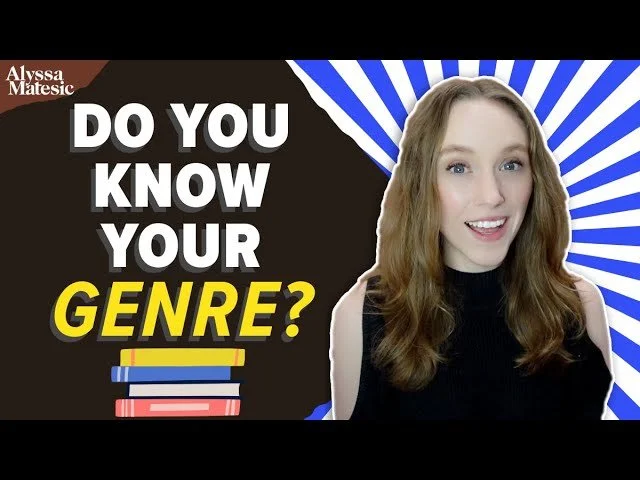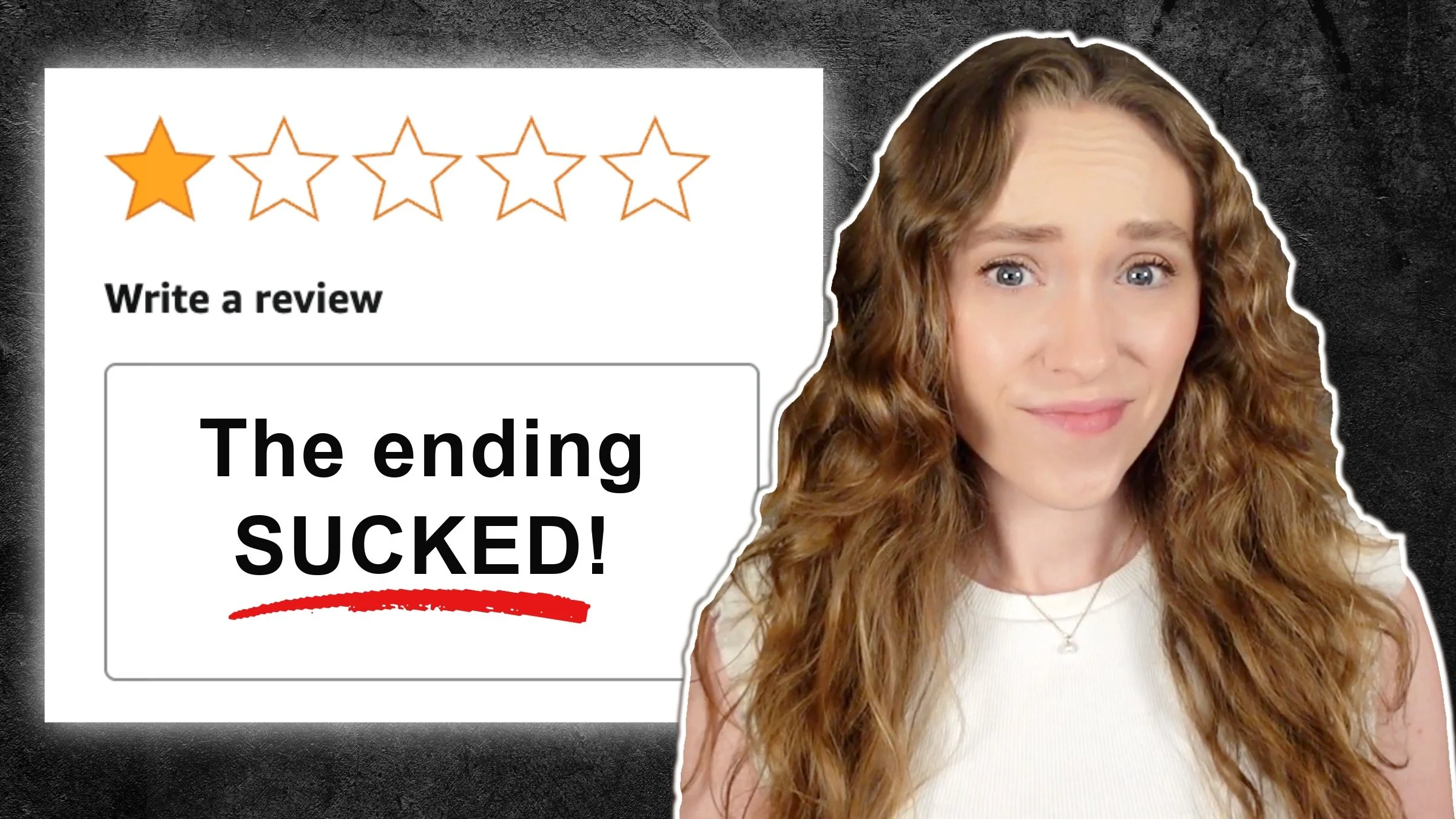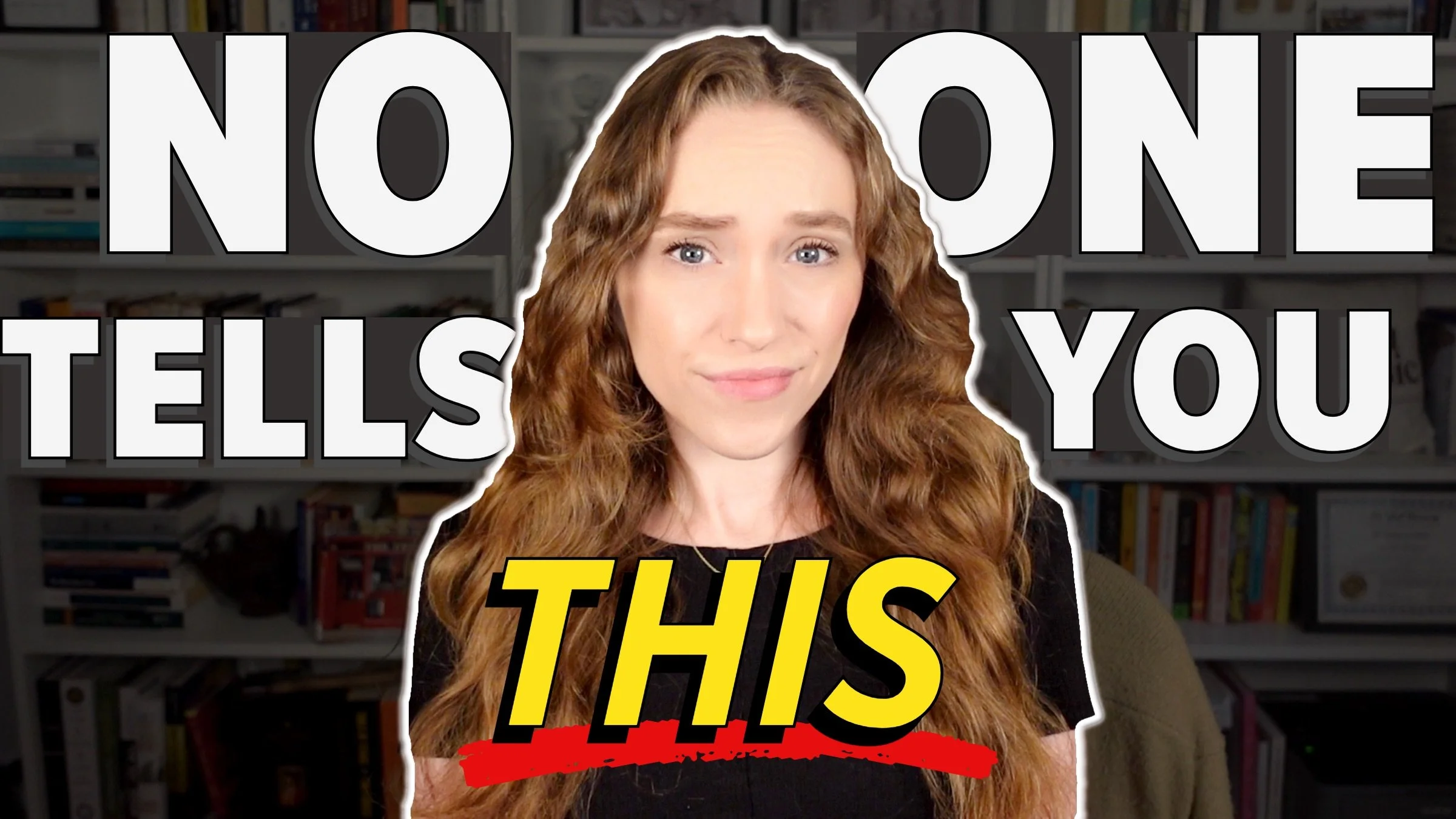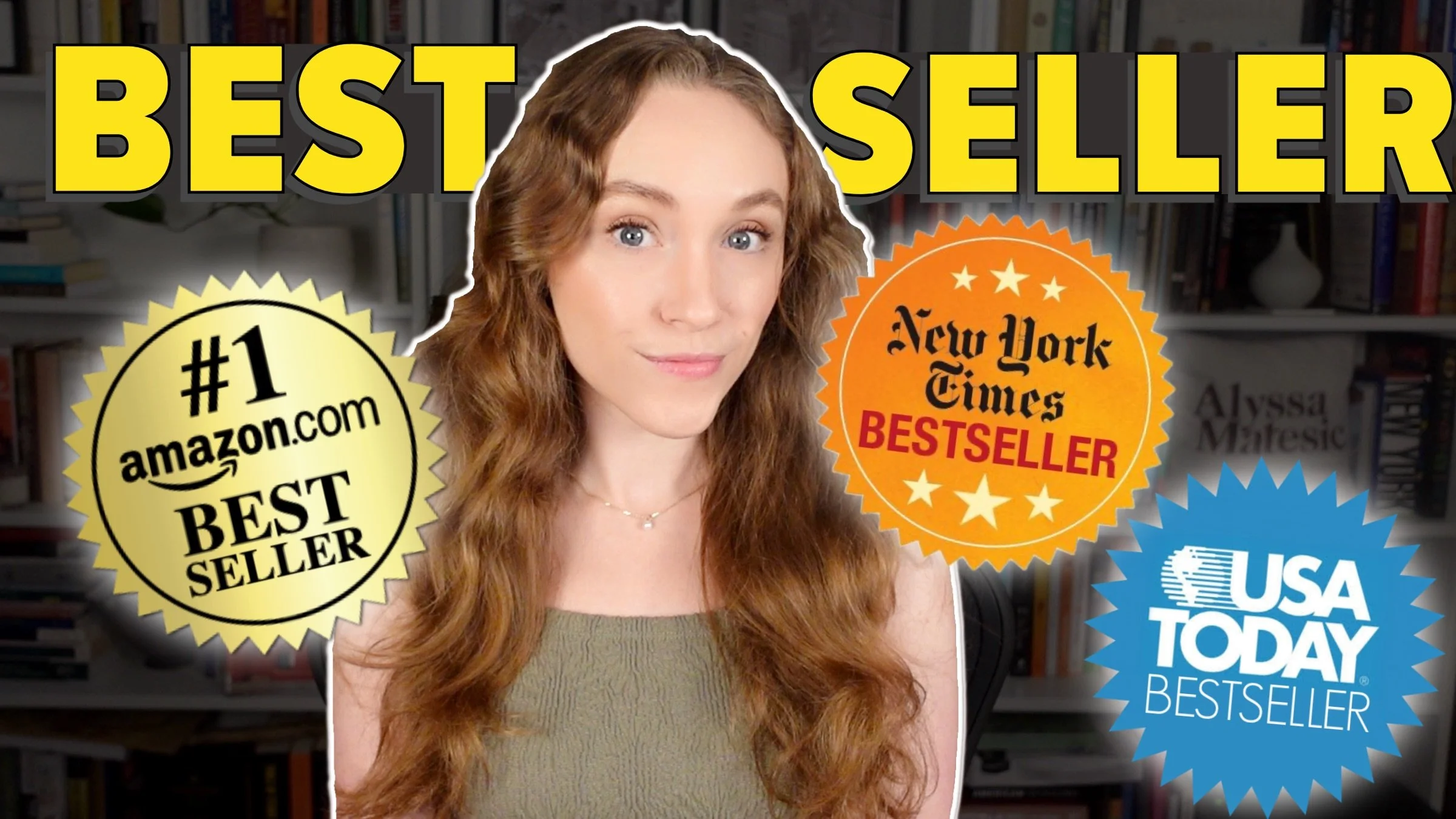How to Determine Your Book Genre: The Definitive Guide
HIT PLAY OR READ THE POST BELOW:
Struggling to figure out your book's genre? Keep reading, because by the end of this article, you're going to figure it out.
Many authors are confused trying to sort out the different genres, categories, and labels that can describe a book. And oftentimes they'll mark their book as the wrong genre, especially if it involves elements from multiple different genres. This can become a problem when you plan to publish, because you want to make sure that you are properly categorizing the book to set proper expectations for what the story entails.
While I don't necessarily think you need to know your genre as you're drafting your book, once you are preparing to publish it, genre becomes something you definitely should think about. Since there are so many genre-related terms used in the publishing industry today, I'm going to set the record straight once and for all and give you a definitive framework for how to determine your book's genre.
An important note before we get started: I am only talking about fiction genres for this particular post (though I may cover nonfiction genres in a future article).
Age Category
The first factor to consider when figuring out how to determine book genre is the age category. For novels, there are three distinct age categories:
1. Middle Grade
This category is typically geared toward readers who are between the ages of 8 and 12 or 9 and 14, depending on the source. Essentially, middle grade is targeting readers who are transitioning from elementary into middle school or are in middle school.
Middle grade books tend to explore themes of friendship, identity, and the challenges of growing up. The tone is often light-hearted, and the story is typically accessible, so they may feel a bit less intricate than YA fiction.
2. Young Adult
Young adult novels are typically geared toward readers between the ages of 12 and 18 or 14 to 18, depending on the source. The readers are typically in high school or early college. YA often explores the adolescent experience, and talks about questions of identity, love, friendship, future paths, and societal expectations. The tone can range from light-hearted to more serious, and YA may explore more mature themes than middle grade does.
If you're struggling to determine if your novel falls into middle grade or YA, I recommend, first and foremost, looking at the age of your protagonist because typically, the age of the protagonist will align pretty closely with the reader age that you're targeting.
3. Adult
Adult novels are geared toward readers age 18-plus. In adult fiction, the age of the protagonist doesn't necessarily have to match the age of the readership. For example, you could have an adult novel with a protagonist who is younger than 18 if the novel has a more mature theme and style of prose.
Within adult fiction, you may have heard the term new adult. This category focuses on readers between the ages of 18 to 30 and explores themes relating to transitioning into adulthood. That said, new adult as a category isn't used consistently throughout the industry, so to play it safe, you can label any book that you think is “new adult” just as “adult.”
Setting
The next factor to consider when you're thinking about how to determine book genre is the setting. This should be pretty quick and easy to answer: Is the story taking place in our present-day society or in a historical period? If it's taking place in the present day, it's contemporary fiction. If it's taking place in a historical period, then it's historical fiction. Generally, we consider anything that is set more than 50 years into the past as historical. So, in the year 2024, that would put us at 1974 or earlier for historical fiction.
You can have middle grade, YA, and adult novels that are contemporary or historical. These terms help us figure out the age category and the setting of the story.
Prose Style
Next, I want to talk about how to determine book genre based on the prose style. Within adult fiction, you may have heard the terms literary fiction, upmarket fiction, and commercial fiction. These terms tend to signal:
where the story falls in terms of how plot-centered or how character-centered it is
how much focus is on the quality of the writing and the cadence of language versus the events of the story itself
what to expect in terms of the style of prose being used to convey the story
The literary agent Carly Watters made a series of extremely helpful infographics that describe the differences between literary, upmarket, and commercial fiction:
Literary Fiction
Literary fiction tends to include books you see win awards like the Pulitzer Prize and the Booker Prize. It's driven by the craft and quality of the language, and it blurs or blends genre expectations. The pace may be slower because the emphasis is on the language, and it emphasizes originality of thought. The aim is art, and the novel often has an open ending.
Upmarket Fiction
Upmarket novels tend to be more character-driven. They have universal themes everyone can connect to, and the aim is thoughtful discussion among people who read it.
Upmarket fiction blends the lines of commercial and literary. It's appropriate for book club discussion. There is accessible writing, and the novel typically has a concise and attention-grabbing hook. These stories feature quality writing that tackles a commercial plot.
Commercial Fiction
Commercial fiction tends to be plot-driven over character-driven. It includes genres like crime, romance, sci-fi, thriller, etc. Commercial fiction reaches a broad audience. The aim is entertainment, the writing is fast-paced, and there's a concise hook or problem to solve, like a murder. There's a satisfying experience that readers expect, and the ending closes all the open doors.
Literary fiction tends to stand as a genre in and of itself, while upmarket and commercial fiction tend to have another genre attached to them.
Common Fiction Genres
Here is a quick overview of the most common fiction genres. If you are writing within middle grade, YA, or upmarket or commercial adult fiction, you would typically classify it under one of these genres.
Romance
In romance, the plot centers on a romantic relationship, it often includes tropes like enemies to lovers, “will they, won't they,” a love triangle, etc., and it will usually have a happy ending where the couple ends up together.
Women’s Fiction
Women’s fiction is a specific adult genre, so there's no such thing as middle-grade women's fiction or YA women's fiction. It will center on the female experience and typically a female protagonist. The plot might include conflicts related to family relationships, identity, self-discovery, career, etc.
A women's fiction novel may or may not include a romantic plot line, but if it does, it's not the sole focus of the story. Also, women's fiction doesn't necessarily have a happy ending.
Mystery
Mystery focuses on an investigation or puzzle of some kind. A murder mystery would be the classic example. In a mystery, you'll typically have some kind of investigation and an investigatory character, whether that's a detective, a police officer, etc.
Thriller
With thrillers, typically the protagonist is facing a dangerous high-stakes situation where some kind of threat is closing in on them. It doesn't necessarily have to involve an investigation, but it could.
Horror
Horror is intended to scare and elicit emotional responses in the reader. This often includes supernatural elements, like monsters, or psychological horrors.
Sci-Fi
Sci-fi is when the setting is grounded in some kind of technological advancement. It could have to do with space exploration or AI, for instance, and typically all of the elements explored in the story are either rooted in real scientific principles or are plausible that they could happen in our real world at some point.
Fantasy
Fantasy is rooted in a magical world. It'll typically have supernatural or fantastical creatures, and fantasy doesn't adhere to any specific rules of our real world.
Those are just the main genres of fiction. There are certainly others, and you can also drill down into sub-genres of these genres endlessly.
Your Genre Template
Let's put it all together and figure out how to determine your book genre based on all the factors we've just discussed. When describing your genre, you will want to include:
The age category + the setting + the relevant genre term
A few genres can stand alone, as I mentioned — literary fiction is one that already implies that it's adult fiction, as does women’s fiction. But most books should be described via a series of terms including the category and the genre.
So, for instance, you could have a:
YA historical thriller
Adult contemporary romance
Middle-grade fantasy
Upmarket women's fiction
I hope those examples and this framework help you sort out your book's genre once and for all.
Thank you so much for reading, and happy writing!
